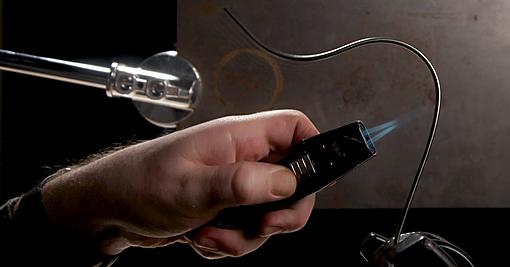The lunar rover has metal wheels that can bend around the rocky barrier, then revert to its original form. In this world, surgeons install tiny mesh tubes that can expand the blood vessels of heart patients on their own, without the need for any mechanical or electrical factors.These transforming abilities are all thanks to a strange metal called nitinol, an alloy called shape, that can be trained to recognize its own shape. The decades-old material is becoming more and more common in a wide variety of everyday applications.
And in the สล็อตgp next decade, the metal will face the most challenging applications: the sample return mission on Mars.Nitinol is made from nickel and titanium, applied through heat magic. For example, to "practice" a paper clip made of nitinol, you heat it at 500 ° C in the desired shape and then splash it in cold water. Bend it out of shape, then return the same heat source and the metal surprisingly slips back to its original form.
The nitinol triggering temperature varies depending on the finely tuned nickel-to-titanium ratio. Engineers can customize the metal to adapt to various conditions, making it an essential tool in places where complex mechanisms don't fit, such as the veins surrounding the human heart or the hinges that place solar panels in response to the sun. hot.
The Verge spoke with engineers at NASA's Glenn Research Center to see how nitinol plays a role in the mission to restore the first cache of pure Mars soil samples as the second part of the mission campaign. On Mars led by NASA and the European Space Agency, watch the video above to see how and see nitinol in action (we promise it's not CGI).




 LinkBack URL
LinkBack URL About LinkBacks
About LinkBacks

 Reply With Quote
Reply With Quote